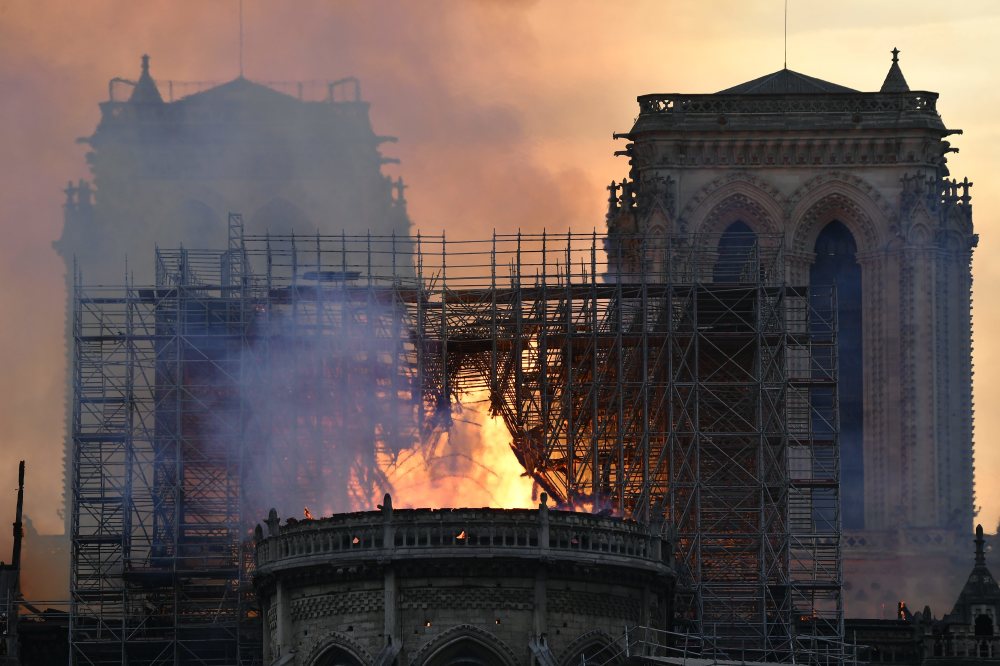The people of France, and the rest of us around the world, could never have predicted the events of last night in Paris.

Photo: PA
When I received the notification on my phone breaking the news that the Notre-Dame had caught fire, like many others, I assumed it wouldn’t be anything too major. Perhaps a small blaze that was under control - in a world where stories are sensationalised often for clicks and interest, it’s understandable that many people may not have opened that same notification instantly with a feeling of sadness and worry.
It wasn’t until I checked my Twitter feed minutes later that I learned the severity of the burning - and that this was, in fact, a sensational story. Not sensational in the way we use the word to describe something unbelievably fascinating, but in the way of fascinatingly unbelievable.
As the fire grew, the coverage did so with it. In this digital age, it wasn’t just the news outlets. Hundreds - thousands - of tweets went viral, some giving insight of the history of the building, some providing images and video of the landmark in flames, others describing the grief they felt, and will still be feeling, at the loss of a much-loved religious building.
Although the Cathedral of Our Lady Paris, as it is translated into English, is as deeply cemented in the hearts of Parisians as the Statue of Liberty is to New Yorkers and Big Ben is to the Londoners, the beauty of the Notre-Dame could be appreciated by all walks of life around the world. Not that these other specified landmarks are not - rather the Notre-Dame’s history spanning only 150 years short of a millenium has been a constant in the city for a lot longer.
Construction began in 1160 and since then it has demolished, developed, and decorated to what it is today - or was yesterday.
Though to us short-lived humans, who have mostly only been around to witness the building for the last 150 years, the building itself has seen much more loss around it. We grieve the loss of architecture that we have appreciated and adored for our lifetime. It is easy to forget in a time of shock that actually, the Cathedral has survived more than we have beared witness to.
The world watched through smartphones and other technological devices as the spire of the globally-recognised building collapse in the midst of the flames - the spire that was recreated in the 19th century, after the original one which stood in its place from the 13th until the 18th century.
We can’t help but feel great upset when we see a piece of art, history and culture of this scale burn down in front of us in hours - even more so saddening when it has stood in that place for 850 years.
However, despite this tragic event which will be a moment of history for hundreds, thousands, of years to come, it is important to draw out perspectively the reality of this event.
The building has stood in that place for 850 years. Yesterday does not mark the end. Although we feel a loss now, this event is just the latest in the life of Notre-Dame. It will be restored, it will be remembered for the beauty it held before yesterday’s events, and it will remain a part of history - but in the midst of this loss, remember that history is now.
Like humans, we suffer, we achieve, we struggle and we’re strong. We are never the same person we were the day before because we have experience more since then. With loss, we greater.
People have been drawing out similarities between yesterday’s events and those which saw York Minster in flames back in 1984.
And since millionaires already said they will put a significant amount of money into the restoration, it is certainly not the end for the Notre-Dame.

